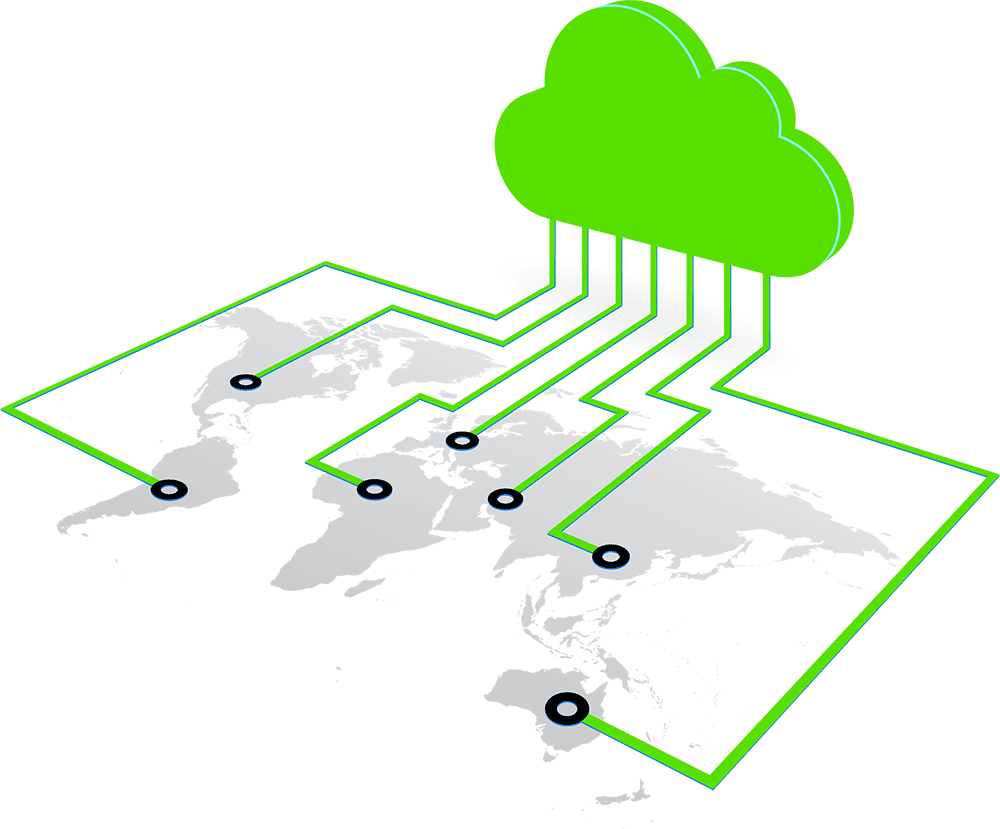This question was top of mind back in March of 2020 as company offices scrambled to keep their workforce moving, schools struggled to set up make-shift home classrooms, and manufacturers wrestled with maintaining employee safety and staying productive.
Many are facing these hurdles again with rolling shutdowns as each new variant of the coronavirus spreads, sending employees home sick and leaving businesses without enough staff to bother staying open. It’s not that were being forced to close our doors. This time it’s the lack of workers that is shutting them for us.
But let’s get back to the question, “Do you have a business continuity plan?” Not just for natural disasters like earthquakes, wildfires, and blizzards anymore, a business continuity plan could put your organization in a much more stable position as uncertainty continues.

Not sure if you have a plan, haven’t had the time to make one (no more excuses), or want to review some best practices to ensure your plan is up to snuff?
Check out these 6 tips to help you have a plan to get back on your feet again when chaos strikes—again.
- Take the time to realistically assess your enterprise’s vulnerabilities. How much does it cost you when 10% of your staff is out sick? What about 25% or 50%? What if that includes your support staff, especially in-house IT resources? That’s just one scenario. Pinpointing your vulnerabilities now means you can remove them or at least have better control over them.
- Make disaster recovery—concerning the restoration of IT infrastructure and operations after a crisis—part of your business continuity plan to ensure your ability to sustain operational continuity in the face of disruption.
- Incorporate private and hybrid cloud technologies that can keep your data safe in a remote location that can be recovered from anywhere. This also includes enabling your work-from-home (WFH) employees to keep your business moving.
- Once in place, test your business continuity plan often. If things continue as they have been for the past 2 years, testing your plan will become a habit as new issues and uncertainties arise. But on the bright side, you should test your business continuity plans once a year.
- Get your employees involved, from line-of-business managers and other key risk and planning development employees to training all employees, especially about cybersecurity hygiene and disaster event communication and collaboration.
- Partner with a technology consultant with strong experience in risk management, business continuity, and cybersecurity to help you develop a plan that is customized to your requirements and optimized to adapt and evolve alongside it.
- As an all-virtual business—hence the name i-Virtualize—we recommend rethinking your work model to include hybrid work options that can help you remain agile should employees work from home or in the office. This will help you in the long run as many employees who have gotten a taste of working from home have no desire to go back to the office full time. The market is favoring workers right now, so let your business welcome flexibility and encourage greater continuity.
Cloud for Continuity
As we pointed out above, incorporating private and hybrid cloud technologies into your plan can be the difference between your business being merely stable (for now) or completely sustainable. Cloud transformation doesn’t have to be complicated or take all of your resources.

Our customized hybrid and private cloud solutions are engineered to deliver now and adapt to your future security, big data, and scalability needs. With 24/7/365 monitoring and management, and multilevel support for simple issues to the most complicated problems, we simplify your cloud evolution. With our managed cloud service, you can strengthen your business continuity backbone, utilizing a combination of preventative maintenance and around-the-clock monitoring to ensure a fast, reliable response to any event.
i-Virtualize’s cloud-based disaster recovery services can be customized to your business continuity plan, your resiliency requirements, and your budget. With i-Virtualize you can:
- Remove the cost-prohibitive barriers of resource and infrastructure duplication
- Stay on budget with manageable monthly OpEx instead of expensive CapEx outlay
- Mitigate data loss with a robust network of secure and reliable backup facilities
- Cut support and administrative costs
- Get 24/7/365 data protection
- Engage your internal resources on more strategic and profitable initiatives
- Achieve and improve your Recovery Point Objective (RPO) and Recovery Time Objective (RTO)
Protection begins at prevention. Now is not the time to wait for what’s next. Learn how i-Virtualize can help you make the best of any situation—in chaos or calm.




